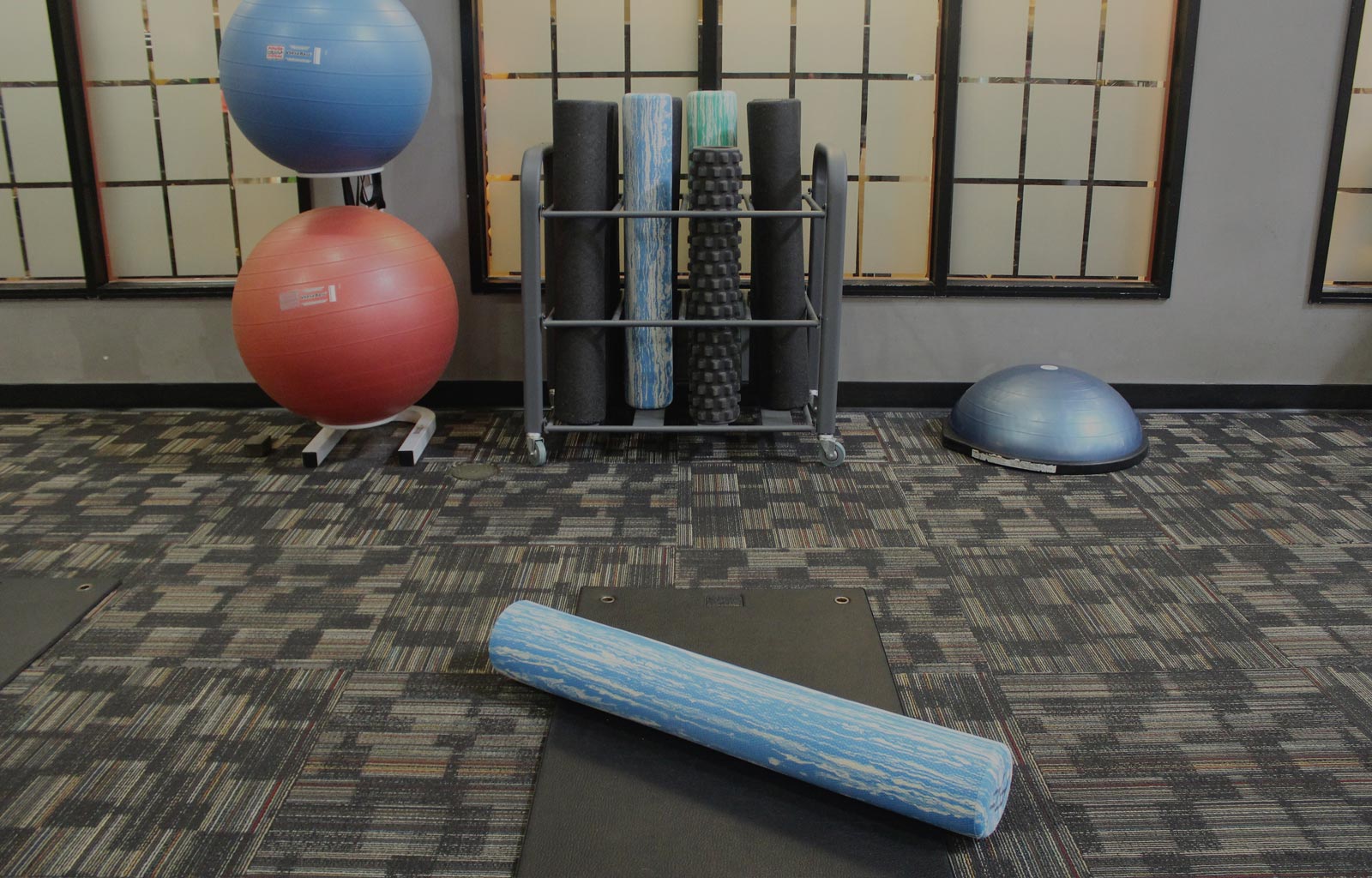Strength training is a lifelong pursuit for many fitness enthusiasts. People who lift weights for decades often experience significant changes in their physical and mental health that extend beyond the immediate benefits of weightlifting. In this blog post, we will explore what happens to your body and mind after decades of lifting weights, and how strength training can help you maintain your health and fitness as you age.
- Increased Muscle Mass and Strength
One of the most noticeable changes that occur after decades of strength training is an increase in muscle mass and strength. People who lift weights consistently over the years tend to have more muscle mass and strength than their sedentary peers. This not only helps them perform better in the gym but also makes daily activities such as carrying groceries or moving furniture much easier.
Strength training helps to stimulate the growth of new muscle fibers, increase the size of existing fibers, and improve muscle fiber recruitment. This results in a significant increase in muscle mass and strength over time. Moreover, the increase in muscle mass helps to boost metabolism, which aids in weight loss and weight management.
- Improved Bone Density and Joint Health
Strength training also helps improve bone density and joint health. As we age, our bones and joints become weaker, making us more susceptible to fractures and injuries. However, regular strength training can help maintain bone density and improve joint health, reducing the risk of osteoporosis and arthritis.
Strength training involves the application of a load or resistance to the bones and joints, which stimulates the body to produce new bone tissue and strengthen existing bone tissue. This helps to improve bone density and reduce the risk of fractures and osteoporosis. Additionally, strength training helps to improve joint stability and mobility, which helps to reduce the risk of joint injuries and arthritis.
- Reduced Risk of Chronic Diseases
Strength training has been linked to a reduced risk of chronic diseases such as heart disease, type 2 diabetes, and certain types of cancer. This is because strength training helps improve blood pressure, cholesterol levels, and blood sugar management. Additionally, strength training can improve cardiovascular health, which can reduce the risk of heart disease and stroke.
Strength training helps to reduce inflammation in the body, which is a significant risk factor for chronic diseases. Moreover, strength training helps to improve insulin sensitivity, which helps to regulate blood sugar levels and reduce the risk of type 2 diabetes. By reducing the risk of chronic diseases, strength training can help to improve overall health and increase lifespan.
- Enhanced Mental Health and Cognitive Function
Consistent strength training has been linked to improved mental health, particularly in reducing anxiety and depression. This is because exercise releases endorphins, which can help improve your mood and reduce stress levels. Additionally, strength training has been shown to enhance cognitive function, memory, and overall brain health in older adults. By keeping your body and mind active, you can help maintain your cognitive function as you age.
Strength training helps to improve mood, reduce stress levels, and improve self- esteem. This helps to reduce the risk of depression and anxiety, which are prevalent mental health conditions among older adults. Additionally, strength training helps to improve blood flow to the brain, which helps to improve cognitive function and memory.
- Increased Flexibility and Mobility
Strength training not only improves muscle mass and strength but also enhances flexibility and mobility. People who lift weights for decades tend to have better range of motion and joint flexibility, which can help reduce the risk of injuries and improve overall quality of life.
Strength training involves a range of movements that help to improve flexibility and mobility. By incorporating stretching and mobility exercises into your strength training routine, you can improve your range of motion and reduce the risk of injuries. Moreover, improved flexibility and mobility can help to improve posture and reduce the risk of back pain.
- Enhanced Posture and Balance
As we age, maintaining good posture and balance becomes increasingly important to prevent falls and injuries. Strength training can help improve muscle function, joint stability, and overall coordination, which can enhance your posture and balance. This can enable you to maintain your independence and reduce the risk of falls. By improving your strength and balance, you can continue to enjoy all the activities that you love as you age.
Strength training helps to improve muscle function and joint stability, which helps to improve posture and balance. Additionally, strength training helps to improve overall coordination, which helps to reduce the risk of falls and injuries. By maintaining good posture and balance, you can reduce the risk of back pain, improve confidence, and maintain your independence.
- Improved Sleep Quality
Regular strength training can help improve sleep quality by reducing sleep disturbances and promoting deeper, more restorative sleep. This can lead to increased energy levels, improved mood, and better overall health. Additionally, getting enough sleep is crucial for your overall health and well-being, so anything you can do to improve your sleep is a step in the right direction.
Strength training helps to reduce stress and anxiety, which are common causes of sleep disturbances. Additionally, strength training helps to improve overall physical health, which can help to promote deeper, more restorative sleep. By improving sleep quality, you can improve your energy levels, mood, and overall health and well-being.
Conclusion
Strength training is a lifelong pursuit that has many benefits for people of all ages and fitness levels. People who lift weights for decades tend to experience significant improvements in their physical and mental health, including increased muscle mass and strength, improved bone density and joint health, reduced risk of chronic diseases, enhanced mental health and cognitive function, increased flexibility and mobility, enhanced posture and balance, and improved sleep quality. By incorporating regular strength training into your routine, you can set yourself up for a healthier, stronger, and more resilient future.




